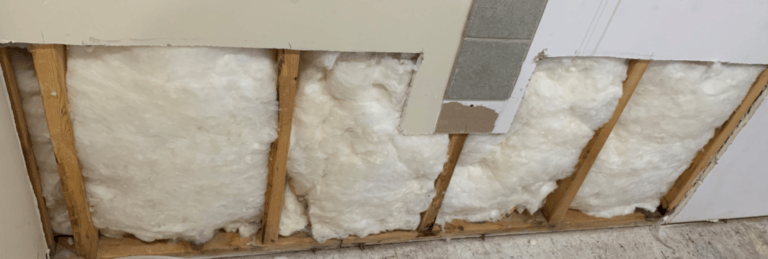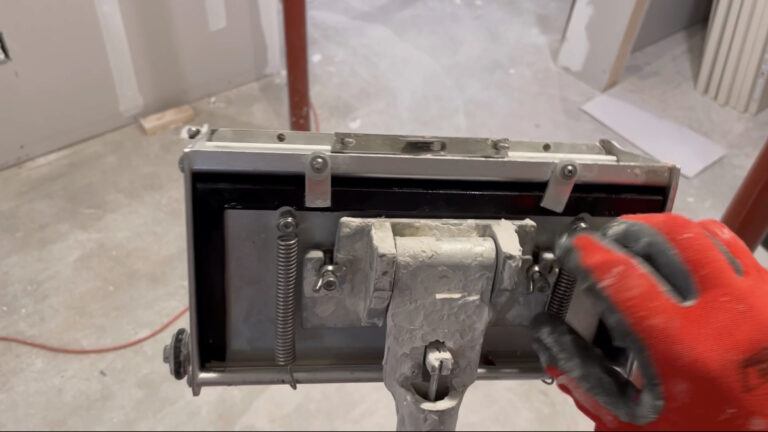The Best Drywall Tape for Beginners
Starting your journey in drywall installation can be both exciting and intimidating. As a novice DIY enthusiast, I remember my first experience: armed with little knowledge and a basic toolkit, I embarked on a project to remodel my basement. A key aspect that baffled me was selecting the right drywall tape. To my surprise, the type of tape I chose had a significant impact on my project’s overall success. In this guide, we will explore the best drywall tapes for beginners, share expert insights, and simplify the installation process.
Understanding Drywall Tape: The Basics
What is Drywall Tape?
Drywall tape is a crucial component in the finishing process of drywall installations. It is designed to cover the joints between drywall sheets, helping to create a smooth, seamless wall surface. By reinforcing these joints, it prevents cracking and enhances durability.
Different Types of Drywall Tape
-
Paper Joint Tape
- Pros: High strength and excellent adhesion. It’s the standard for most professional work.
- Cons: Requires a wider application of joint compound.
-
Fiberglass Mesh Tape
- Pros: Self-adhesive and easier for beginners. It offers excellent stability and is resistant to mold.
- Cons: Can sometimes lead to cracks if not applied correctly.
- Foam Tape
- Pros: Primarily used for niche applications, providing an airtight seal.
- Cons: Not commonly used for standard drywall but worth knowing.
The Best Drywall Tape for Beginners
1. Fiberglass Mesh Tape
Fiberglass mesh tape is an excellent choice for beginners due to its ease of use. Its self-adhesive quality allows you to simply apply it directly onto the joint without the need for a separate adhesive. Plus, it’s usually available as a roll, making it easy to cut to the desired size.
- Recommended Product: Fiberglass Mesh Tape on Amazon
2. Paper Joint Tape
Although it’s a bit more challenging to use than mesh, paper joint tape is a professional’s choice. It requires a bit more finesse, but when done correctly, it results in an incredibly smooth finish.
- Recommended Product: Paper Joint Tape at Home Depot
3. Self-Adhesive Paper Tape
Newer options have come on the market, combining the strengths of both paper and mesh. This tape is easier to handle than traditional paper tape and avoids the issues associated with fiberglass mesh.
- Recommended Product: Look for options at your local hardware store.
Expert Insights: What Do Professionals Recommend?
Case Study: Professional Contractor Perspective
During a recent chat with a local contractor known for his drywall work, he elaborated on the importance of choosing the right tape: “Beginners should never underestimate the impact good tape can have on the final look of the wall. Fiberglass mesh tape is a solid starter, but don’t shy away from learning how to apply paper tape as you advance.”
Pro Tips from the Pros
- Overlap Joints Carefully: When using paper tape, ensure that you overlap joints slightly for added strength.
- Use a Quality Joint Compound: Pair your tape with a reliable joint compound like 3.5 Qt All Purpose Joint Compound for optimal results.
- Feather Edges: Always feather the edges of your compound to make finishing seamless.
The Installation Process: Step-by-Step Guide
Materials Needed:
- Chosen drywall tape
- Joint compound
- Taping knife or drywall knife (6-inch and 12-inch)
- Sanding sponge or paper
- Drywall primer
Steps:
- Prepare Your Surface: Make sure the drywall joints are clean and free of dust.
- Apply the Tape:
- For fiberglass mesh, press into the joint and smooth out any bubbles.
- For paper tape, apply a thin layer of joint compound first, then place the tape on top.
- Embed the Tape: Use your taping knife to spread a thin layer of joint compound over the tape. Ensure to feather the edges to smooth the transition.
- Let It Dry: Allow the compound to dry completely—check the manufacturer’s instructions.
- Sand Smooth: After drying, sand the area until smooth.
- Apply Additional Coats: Depending on the roughness, you may need to apply a second or third coat of compound.
- Prime and Paint: Finally, prime the finished drywall and add any paint for aesthetic purposes.
Common Mistakes to Avoid
- Not Using Enough Compound: Make sure to apply enough joint compound over your tape to avoid visible seams.
- Skipping Sanding: Skipping this step can leave your wall looking rough.
- Rushing the Drying Process: Patience is key—let each layer dry fully before applying additional coats.
FAQ: Your Drywall Tape Questions Answered
What is the best drywall tape for beginners?
For beginners, fiberglass mesh tape is often the best choice due to its self-adhesive properties and ease of application.
Can I use fiberglass mesh with all joint compounds?
Yes, fiberglass mesh tape is compatible with almost all types of joint compounds, making it versatile for various projects.
How do I know if I applied enough compound?
Typically, a good rule of thumb is to ensure that the entire tape surface is covered with a thin layer. If you can see the tape through the compound, you’ll need to apply more.
Conclusion: Take Control of Your Drywall Projects
Embarking on a drywall project can seem daunting, but with the right tools and knowledge, it becomes an empowering experience. Selecting the best drywall tape is crucial—whether you choose fiberglass mesh or paper tape, understanding their applications will make your job easier and more effective.
Have you tried different types of drywall tape? Share your experience in the comments below, and let’s foster a community of DIY enthusiasts united by one goal: to master drywall one project at a time!
Share & Resources
If you found this guide helpful, please share it on Pinterest, Facebook, or Reddit! Your support helps others find useful drywall repair techniques.
For further learning, consider checking our other articles:
Together, let’s empower our communities with the knowledge to improve our homes, one drywall project at a time!


